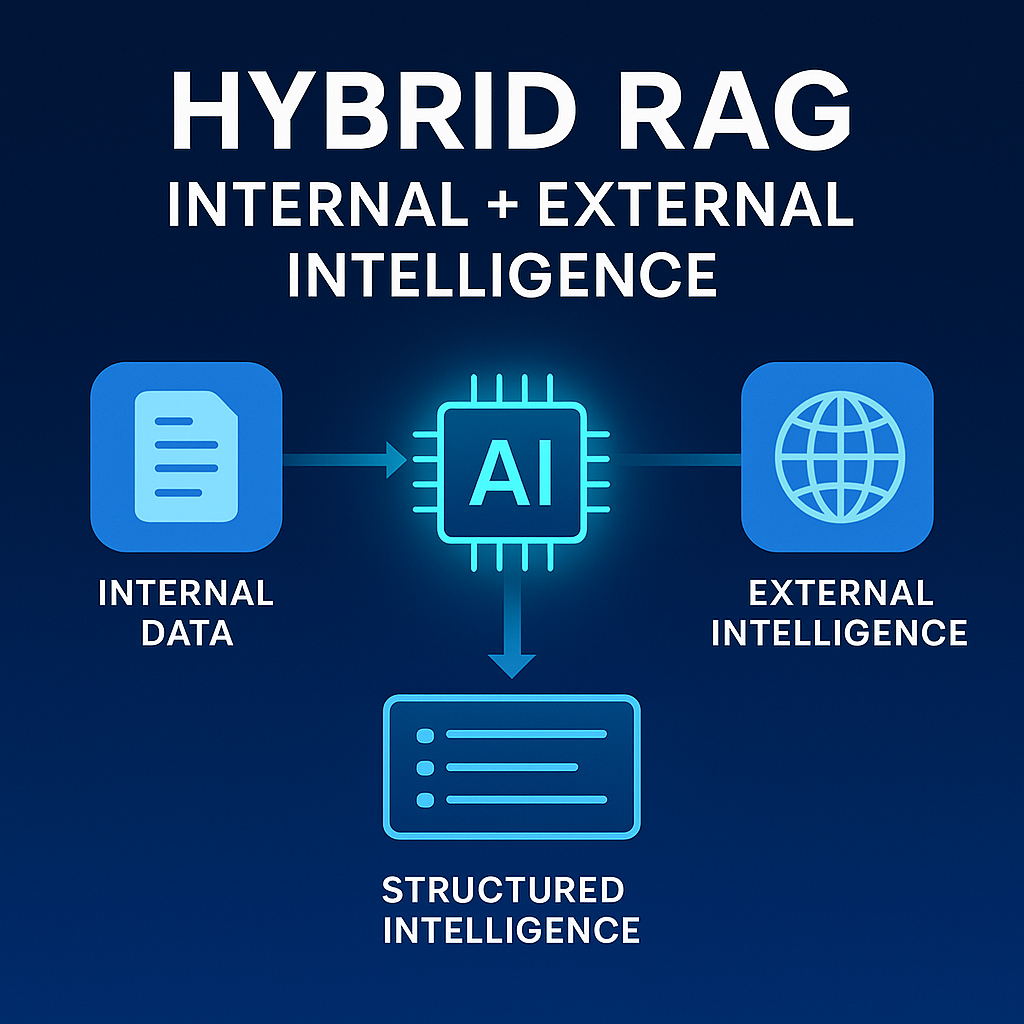Measuring your company's carbon footprint is an important step in understanding and reducing your impact on the environment. With new technologies, it is now easier than ever to track and analyze your carbon emissions. In this weeks Traction Report we will discuss some of the ways that you can use new technologies to measure your company's carbon footprint.
The first step in measuring your carbon footprint is to gather data on your energy use. This can be done by installing energy-monitoring devices, such as smart meters or energy-monitoring software, on your equipment and facilities. These devices will provide you with detailed information on how much energy is being used, when it is being used, and where it is being used. This information can then be used to identify areas where energy use is high and to develop strategies to reduce it.
Another way to measure your carbon footprint is to use software tools that can track and analyze your emissions. These tools can help you understand the sources of your emissions and identify opportunities for reduction. Some examples of these tools include carbon accounting software, life cycle assessment software, and greenhouse gas reporting software. These tools can also help you report your emissions to regulatory agencies and track your progress over time.
Five startups with unique approaches that address these challenges:
CarbonCure Technologies: CarbonCure Technologies is a startup that provides technology for the concrete industry to reduce carbon emissions. The company's technology uses waste carbon dioxide to strengthen concrete and reduce its carbon footprint. CarbonCure's technology has been used in a range of construction projects to reduce their carbon footprint.
Planetary Emissions Management (PEM): PEM is a startup that offers a cloud-based platform for tracking greenhouse gas emissions. The platform provides real-time data on emissions from various sources, including power plants, factories, and transportation. PEM's platform uses satellite imagery and other advanced technologies to provide accurate and timely emissions data.
Persefoni: Persefoni is a startup that provides a software platform for companies to track and manage their carbon emissions. The platform helps companies to calculate their carbon footprint, identify areas for emissions reduction, and set targets for reducing their carbon emissions. Persefoni's platform uses AI and machine learning to analyze data and provide insights to help companies reduce their carbon footprint.
Bidgely: Bidgely is a startup that offers an AI-powered energy monitoring system for utilities and energy companies. Bidgely's platform uses machine learning algorithms to provide customers with personalized energy insights and recommendations to help them reduce their energy consumption. Bidgely's system also provides utilities with valuable data on energy usage patterns, which they can use to optimize their energy generation and distribution.
Opus One Solutions: Opus One Solutions is a startup that offers energy management software and services for utilities and large energy consumers. Opus One's solutions include grid optimization, demand response, and energy management software that helps utilities to manage their energy networks more efficiently, and helps large energy consumers to reduce their energy costs and carbon footprint.
You can also use new technologies such as IoT (Internet of Things) devices and sensors to track the carbon footprint of your supply chain. These devices can be placed in your suppliers' factories, warehouses and transportation vehicles to gather data on their energy use, emissions and resource consumption. This data can be used to identify areas where improvements can be made and to track the progress of your suppliers' sustainability initiatives. Tracking Scope 3 of course posses the greatest challenge. The Traction Five report, Tracking Scope 3 addresses this issue and provides a few startups to watch.
In addition to tracking your carbon footprint, new technologies can also be used to offset it. For example, you can invest in carbon offset projects, such as reforestation, renewable energy projects, and energy efficiency projects. These projects can help you reduce your overall carbon footprint by removing or reducing emissions in other areas. You can also use blockchain technology to ensure the authenticity and transparency of carbon offset projects.
New technologies provide a range of options to measure, reduce and offset your company's carbon footprint. By using energy-monitoring devices, software tools, IoT devices, and blockchain technology, you can gain a better understanding of your emissions, identify opportunities for reduction, and track your progress over time. By using these technologies, you can take an important step in reducing your company's impact on the environment and meeting your sustainability goals.
How can Traction Technology help?
Traction Technology is a ground-breaking platform engineered expressly to eliminate internal innovation silos, thereby enabling enterprises to seamlessly collaborate and align their business needs with promising technologies. By providing dynamic features that promote collaboration and innovation, they aim to accelerate digital transformation in the enterprise.
Here's how Traction Technology can help:
.png)
Discovery of Relevant Startups: Traction Technology helps established companies discover relevant advanced technologies aligned with their strategic goals and innovation areas. It curates startups based on different industries, technology trends, and areas of business interest, making it easier to find potential partners or investment opportunities and share this information across the enterprise.
Collaboration and Engagement Tools: Traction Technology offers tools that help manage the engagement process with startups. It provides a structured approach to evaluating, tracking, and managing interactions with multiple startups across multiple project and pilots, improving efficiency and collaboration.
Data-Driven Insights: The platform provides data-driven insights to help make informed decisions. This includes information on startup funding, growth indicators, customers and competitors, which can help in assessing potential startup partnerships.
Innovation Pipeline Management: Traction Technology aids in managing the innovation pipeline. It helps companies capture ideas and request and track innovation projects, monitor progress, and measure results in real time, promoting a culture of continuous innovation.
Track KPIs and Generate Custom Reports: Effortlessly track Key Performance Indicators (KPIs) with real time dashboards and generate custom reports tailored to your organization's unique requirements. Stay
.png)
ahead of the curve by monitoring projects progress and engagement.
By leveraging a platform like Traction Technology, established companies can gain a competitive edge, driving their digital transformation journey and adapting to the fast-paced business environment. It supports the integration of startup agility, innovation, and customer-centric approach into their operations, which is critical for success in the digital age.
About Traction Technology
We built Traction Technology to meet the needs of the most demanding customers, empowering individuals and teams to accelerate and help automate the discovery and evaluation of emerging technologies. Traction Technology speeds up the time to innovation at large enterprises, saving valuable time and money by accelerating revenue-producing digital transformation projects and reducing the strain on internal resources, while significantly mitigating the risk inherent in working with early-stage technologies.
Let us share some case studies and see if there is a fit based on your needs.
Traction Report Update: 23 ways AI could transform your business in 2023.
For more information
● Explore our software and research services.
● Download our brochure: How to Evaluate Enterprise Startups.
● Watch a demo of our innovation management platform and start your free trial.








.webp)